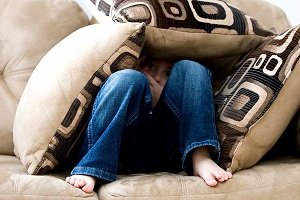Dysthymia and Treatment
TweetAll treatment with an individual suffering from dysthymic disorder should occur in a warm, supporting and caring environment.
Specific attention should also be given to diagnostic issues, such as the existence of an alcohol or substance abuse problem, or social anxiety or other phobia, underlying or causing the dysthymic condition.
Basic types of treatment for depression include antidepressant medications, psychotherapy, or depression self-help:
Psychotherapy is the treatment for choice for this psychological problem. It is used to treat this depression in several ways:
- Individual Psychotherapy - Short-term approaches are preferred, however, because they emphasize realistic, attainable goals in the individual's life which can usually bring them back to their normal level of functioning.,
- Group Therapy - A group can be more supportive an individual than any one therapist can and help point out inconsistencies in the patient's thinking and behavior,
- Family Therapy - Family-centered approaches differ from individual methods in their direct focus on the "role of the sick member" in the family system rather than on the symptoms of the identified patient.
No matter which specific type of psychotherapeutic approach is utilized, a supportive, change-oriented environment and good rapport should be established by the therapist.
Often, antidepressant medication is also recommended because of the chronic nature of the depression in Dysthymia. Long-term treatment of this disorder with medication should be avoided; medication should be prescribed only for acute symptom relief.
Lifestyle improvements always have a positive impact, however can take more effort to actually do as the depression becomes more severe. Depression Self Help plays an important role in curing dysthymic disorder. It moves hand in hand with other depression treatments.


Sometimes crying or laughing
are the only options left,
and laughing feels better right now.

Current Issue
 Self Help Leaflets Take the help of our self help leaflets or booklets. |
 The DG Magazine All about living with depression |


















